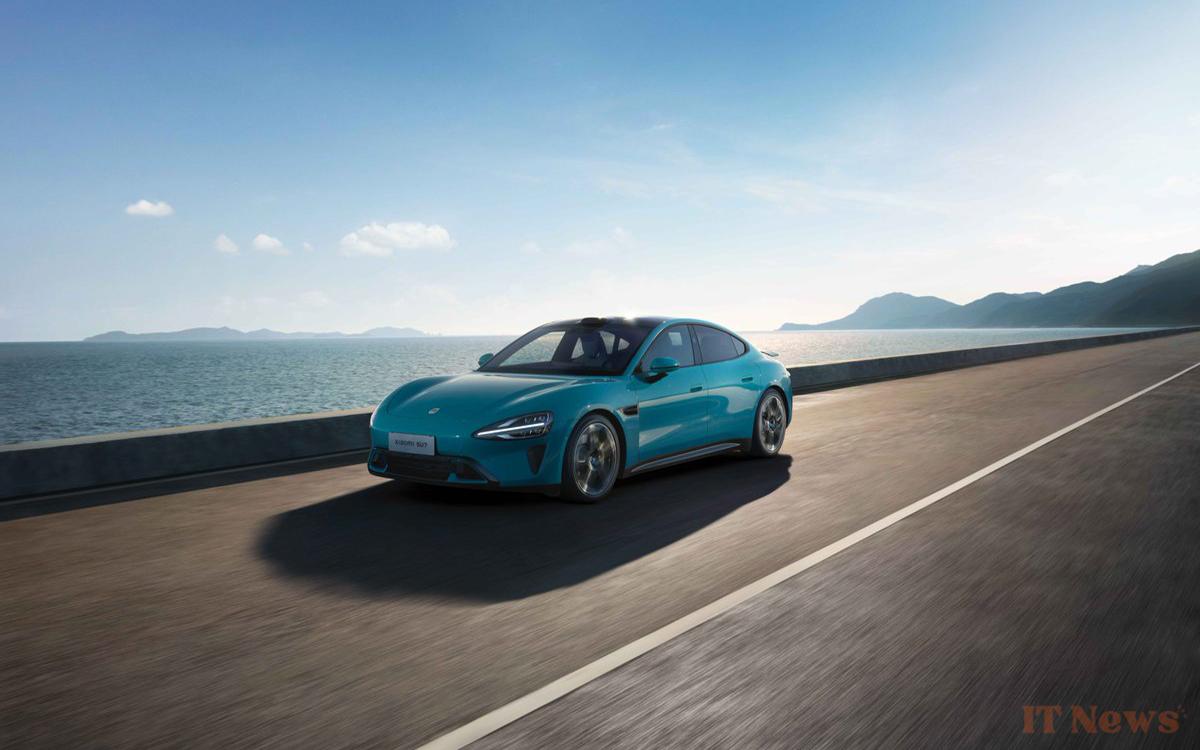A tragic accident involving a Xiaomi SU7 left three people dead in China. The vehicle had switched to autonomous driving shortly before the crash. The manufacturer has provided details on the incident as the investigation begins.
Since its release in March 2024, the Chinese electric car Xiaomi SU7 has been regularly talked about, in a good way. In addition to its solid sales figures, we highlight the records it regularly breaks, for example, the best score obtained during a crash test in China. A guarantee of safety that contrasts with the situation of Tesla, whose Autopilot system can be fooled by something as basic as a drawing.
Read also – Xiaomi SU7 Ultra: this first track test reveals its performance against Porsche
On March 29, however, a shadow came to tarnish the seemingly idyllic picture of the SU7. And it risks being persistent since a copy of the electric car was involved in a fatal accident. It took place on a section of the Dezhou-Shangrao highway, in Anhui province in eastern China. Xiaomi expressed its “deep regret” on the social network Weibo and detailed in detail what happened that day.
A Xiaomi SU7 hits a concrete barrier and catches fire, its occupants did not survive.
It is 10:27 p.m. While the car is traveling on the aforementioned highway, its NOA autonomous driving system (Navigation on Autopilot) is triggered. The recorded speed is 116 km/h. A minute later, the vehicle sounds an alarm because it detects that the driver is distracted.
At 10:36 p.m., a warning is issued, asking the driver to hold the steering wheel. At 10:44 p.m. and 24 seconds, the SU7 signals that there is an obstacle ahead and initiates deceleration. The next second, the driver took the wheel and began braking, but it was too late. The car hit the concrete guardrail at 60 mph (97 km/h) about 2 seconds later.
Emergency services were immediately called, but the SU7 caught fire. In the end, the three occupants of the vehicle, all students, died. The actual cause of their deaths is currently unclear. It is unclear whether the fire or the initial impact was the cause. You can see what remains of the car after the firefighters' intervention in the photo below. Videos of the burning vehicle are also circulating on Weibo.
Was the Xiaomi SU7's autonomous navigation system involved in the accident?
Xiaomi states that it has provided the police with all the information it has and announces that it is cooperating fully with investigators to shed light on the circumstances exact details of the events. Two pieces of information have already been revealed. The first is that the person driving the car on March 29 was not its owner. The second: before the accident, the SU7 changed lanes autonomously after detecting that roadworks on the highway blocked one of them.
Read also – Tesla: accident victims are very worried about Elon Musk's influence on the Justice system
However, several questions remain unanswered for the moment. Why did the autopilot apparently warn of the presence of an obstacle just seconds before the impact, effectively eliminating the possibility of stopping in time? Why did the SU7 catch fire after the collision? It's not impossible, but rare.
Finally, how is responsibility divided between human and machine? The SU7 apparently warned the driver that its sensors detected was distracted, but what exactly does that mean? To try to answer all these questions, Xiaomi has set up an internal team to investigate alongside the authorities.
Source: Weibo





0 Comments